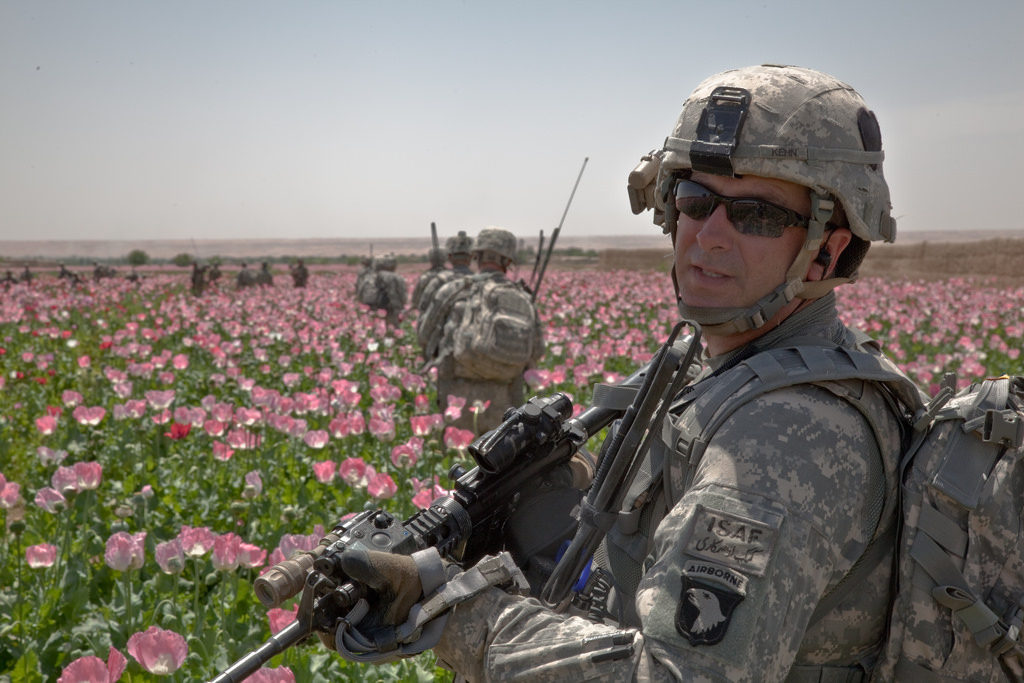Originally published at MintPress News.
KABUL — Despite billions spent to eradicate opium crops in Afghanistan, the crop is more popular than ever there, leading many to wonder whether some U.S. forces may actually be encouraging its growth and the heroin it later becomes.
In July, the Centers for Disease Control warned of record-breaking numbers of heroin deaths in the United States. “Heroin use more than doubled among young adults ages 18–25 in the past decade,” the CDC reported.
In the same month, it was reported that opium production is stronger than ever in Afghanistan, which now produces 90 percent of the world’s supply of the plant that’s refined to create heroin. This rise in production would have been impossible prior to the U.S.-led invasion, and it comes despite some $8.4 billion spent in counternarcotics efforts by the U.S., specifically designated to wipe out opium production in Afghanistan.
In fact, as Global Post reported in October, under the watchful eye of the U.S., opium use expanded to new parts of Afghanistan and growers now make use of modern, advanced agricultural technologies.

With photos circulating in 2010 that show U.S. soldiers patrolling opium fields, questions remain about what America’s real involvement may be in the opium trade. As Abby Martin noted in a 2014 investigation for Media Roots, while the Taliban had all but eradicated opium, it began to thrive just months after American forces replaced the Taliban-led government in 2001.
Martin noted that the CIA has long been tied to the global drug trade, where it’s accused of putting more effort into controlling rather than eradicating illicit substances. She added,
Circumstantial evidence aside, there is no conclusive proof that the CIA is physically running opium out of Afghanistan. However, it’s hard to believe that a region under full US military occupation – with guard posts and surveillance drones monitoring the mountains of Tora Bora – aren’t able to track supply routes of opium exported from the country’s various poppy farms (you know, the ones the US military are guarding).
According to a January report from Mother Jones, the DEA agent formerly in charge of the agency’s efforts in Afghanistan reported repeated conflict between DEA eradication efforts and CIA agents:
[Edward] Follis says the DEA and CIA often bumped heads in Afghanistan. … While hinting that the CIA sometimes turned a blind eye to the Afghan drug trade, Follis won’t get into specifics. In his book, [“The Dark Art: My Undercover Life in Global Narco-Terrorism,”] he writes, “Almost everywhere in the world I worked, I had static with the CIA. We’re often working the same terrain, but with different legal and moral parameters … They exist completely in the shadows.”
Among the groups profiting off the Afghan opium trade — and the failed efforts to eradicate it — is the mercenary group Academi, better known by its former name, Blackwater. In April, RT reported that Academi earned $569 million from counternarcotics contracts in Afghanistan.
“[T]he notorious company has been the biggest beneficiary of counternarcotics expenditure in the war-torn country,” RT wrote.